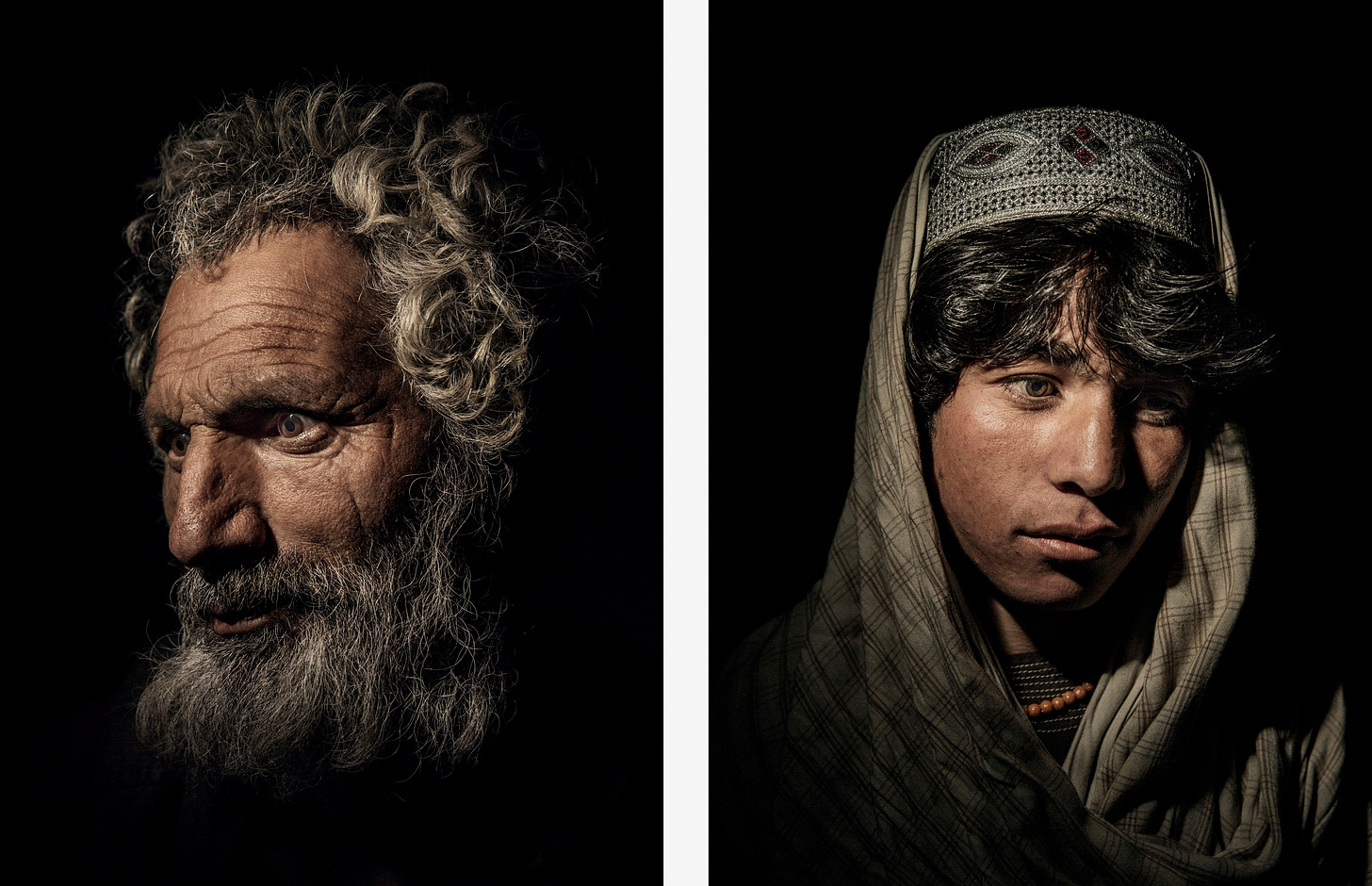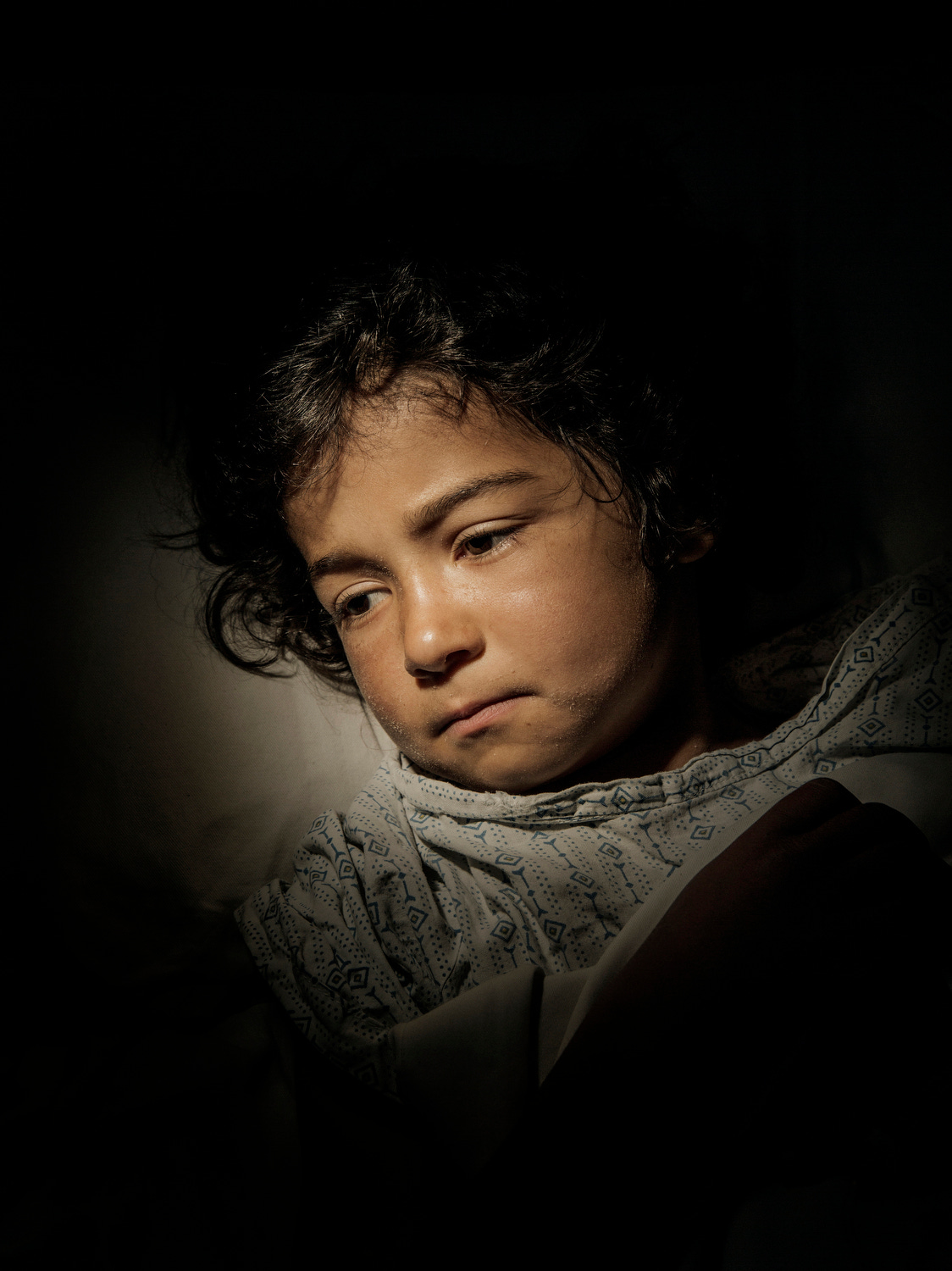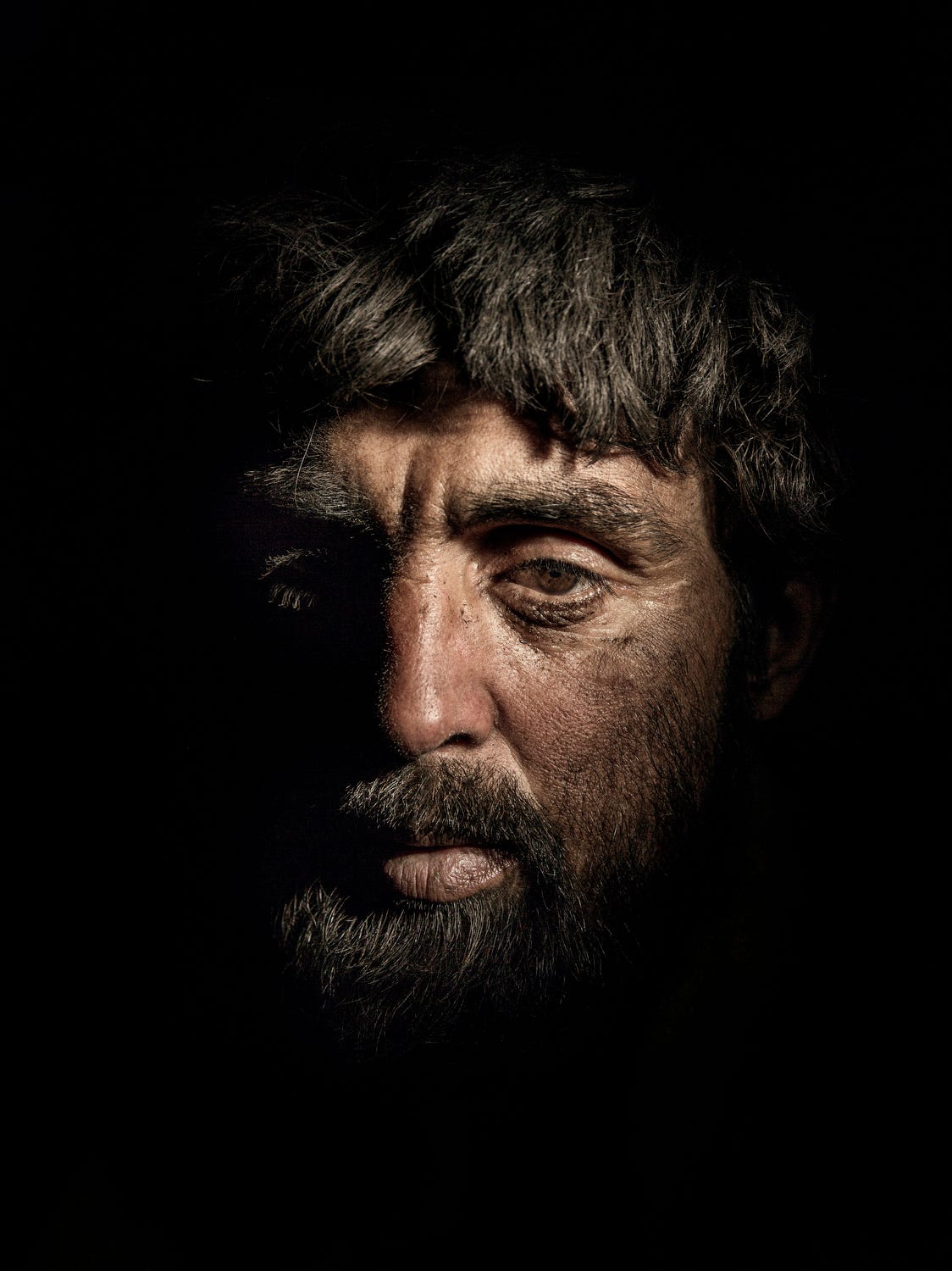Documenting Afghans in the Forever War
Disillusioned with making photos that turned soldiers into heroes, I turned to civilians to show the human toll of war.

Last month, the Biden administration announced that the US will withdraw all combat troops from Afghanistan by September 11, 2021, bringing an end to America’s longest war. Afghanistan and the War on Terror was the first news environment I immersed in as a photographer, so for my first post I’ll revisit my time there
In 2008 I bought a ticket to Kabul on a commercial flight from New Delhi. I was a young and naive journalist, and I didn’t know what to expect. Colleagues and older photographers had briefed me, but none of that prepared me for what was to come. I considered myself an anti-war photographer and believed my photographs would impact foreign policy around Afghanistan—and ultimately the course of the war. I covered Afghanistan intensely for the next four years, working primarily for The New York Times and Time magazine. Soon, reality started to set in. I saw the work I made had a life far beyond my intentions. Instead of negating the war, it reinforced it.

Much of my work in Afghanistan entailed embedding with the US Army and Marines. These were state-sanctioned media trips where I went on combat operations. My process for these trips was more reactive than reflective—photographing what was happening, observing, being in the right or wrong place at the right time, creating photo essays on pockets of the war.
As time went on, the work began to feel limited. I became disillusioned making photos that, despite my best intentions, turned soldiers into heroes and reinforced the spectacle of the military-industrial complex. After working on a story for Time magazine, a military wife wrote to thank me for supporting “our troops.” Her email unsettled me, and I received many more like this. After covering a civilian casualty caused by US Marines in 2010, a military public affairs office who facilitated the trip congratulated me on the great work.
I always felt compassion for the young men and women I embedded with, but the last thing I wanted to be doing as a photojournalist was create work that reinforced a sense that what was happening in Afghanistan was a noble fight. Because in my mind, it wasn’t.
On the ground, I saw confused young soldiers and marines who had joined the war in the spirit of post-9/11-nationalism and who now patrolled out of remote combat operations posts fighting farmers and villagers who had no apparent affiliations with Al Qaeda.
Many of the troops I spent time with struggled to reconcile the disconnect between what had happened on 9/11 and who they were fighting. The Afghans in the remote districts I visited lived in mud houses. There were inadequate medical services, little education for girls, and widespread poverty. The missions I went on were primarily to manage security, deliver and maintain democracy, and show force. I couldn’t help but think we were storm troopers patrolling through medieval villages—an imperial power occupying a sovereign land.

In 2016, the New York Times sent me back to Afghanistan to photograph the former Afghan President Hamid Karzai, and work on other stories out of their bureau. In addition to this assignment, I wanted to make a series of images that transcended the photojournalism I had made on previous trips. As the trip neared, I started to see the faces of Afghans as a slideshow in my mind, an accumulation of the times I had sat in car driving through the country watching a sea of people pass by—crowded markets, beggars at stoplights, women in burqas, kids playing, soldiers patrolling, people going for groceries.
I decided to make a portrait survey of Afghans. Instead of witnessing events and being reactive to them, I would search for evidence to support a thesis—the majority of Afghans were struggling, the American mission was failing, and the toll of war on civilians was devastating.
To achieve this, I knew I needed to make portraits where the individuals I encountered felt unaware of the photographic process. I would render faces that felt suspended, pensive, looking beyond the frame, like the thousands of faces I had observed from the window of a car. Everyone needed to feel like they were in their own space, not engaging with me as a photographer.

To create this mood, I decided to photograph at night with a flash. If I photographed in the dark there would be less awareness of the photographic process unfolding around the people I engaged with. I would talk to my subjects, wait for a pause, then a single flash of manufactured light would illuminate a face, diffusing the exchange between a photographer and subject. The individuals would not be looking at a camera while I looked back at them through it. Everything would be hidden by the darkness.
And so it went, driving around Kabul looking for people to share their story. My translator, Ahmad, would spot people with me and we would stop at random, walk along the edge of displaced peoples camps, sit at street corners and see who would walk past. When we found a person that was willing to have their portrait made, we would start with a short interview, then Ahmad would hold my flash. The red autofocus beam projected from the camera to find the subject’s face, there would be a flash, then darkness again. Ahmad is a great journalist and made everything I did possible, but he wasn't a trained photographer’s assistant, nor did he have a modeling light from the flash to see where it would land. He simply pointed in the direction of the subject's face and if I saw the flashes missing a person’s face, I would direct him to change the angle. There was an imperfection to it all.

Something happened in the first few portraits that I didn't anticipate. The low light obscured the faces of the Afghans so much I couldn’t see their expressions. I was also blinded by the process I had created and had to judge each moment intuitively. I talked to people in the dark, then waited for a pause in the conversation. A single flash of light would illuminate a face, and then it was night again.
I made this process my goal. Some of the portraits had to be made inside or during the day, because there were people that were important to photograph for the narrative: a civilian wounded in bed, a soldier at a military base. But even when there was ambient light I pulled my head away from the viewfinder, asked my subject to look off-camera, and tried to make an exposure at a moment that wasn't completely anticipated by the sitter, or myself.
The work I made was never published by the New York Times, but I had taken one small idea—the study of faces—to reflect the larger theme of humanity within a conflict.

Equipment and Specs
1/200 shutter
F 5.6
50 mm lens
Speed Light (Flash head)
Plastic flash diffuser
Medium grid
Snoot
Speed-light transmitter
These portraits were made with a DSLR and a 24-70 mm F2.8 lens. I don’t like working with zoom lenses normally. Making sets of photographs with varying focal lengths disrupts a consistent visual language. For all of these photos, the lens is locked at 50mm.
While the photos appear they were made on a black background, they are not. Working with the shutter at 1/200 and exposing for the flash intensity allowed detail in the background to be obscured by underexposure.
The shutter was at 1/200, which was the shutter flash sync speed. And all my aperture widths were between F4 and F8. The majority of photographs were made at F5.6, although I increased or decreased the aperture in different situations if ambient light did not allow me to achieve the black background.
For the light source, I used a slightly softened and focused light that would illuminate the face, but not spill onto the body of the subjects, or onto any backgrounds. To achieve this I used a regular speed-light that you normally put into your DSLR hot shoe. To diffuse it I put a cheap generic plastic diffuser on it, something like this or any equivalent. Then a medium grid like this mounted in front of the diffused head to focus the light. Over the top of the grid, I put a snoot to make the light into a very small hot spot. (To be honest, a grid and a snoot were probably over focusing the light, but it's the decision I made at the time.) The flash was held 1-2 meters off-camera, normally at a 45-degree angle from the camera.
Lighting Diagram
Tell a friend about what I’m doing here: share on Twitter or Facebook, forward this email, or send the link.
You can follow me on Instagram here.
If you have questions about photography you’d like to have me answer, get in touch at mail@adamfergusonstudio.com.


Adam, this is fantastic. Powerful images - as always - and great to hear a bit about the trade. Also really appreciate the clearly written, detailed technical section. (Which has spared me an awkward DM about lighting diagrams!)
Stunning work. Inspiring to learn it was created outside the studio. This is the power of a concept rooted in story and purpose, filtered through practical execution, leading to magnificent images. Bravo.